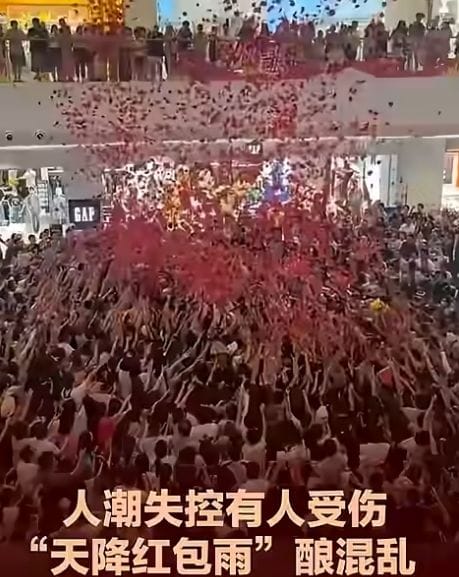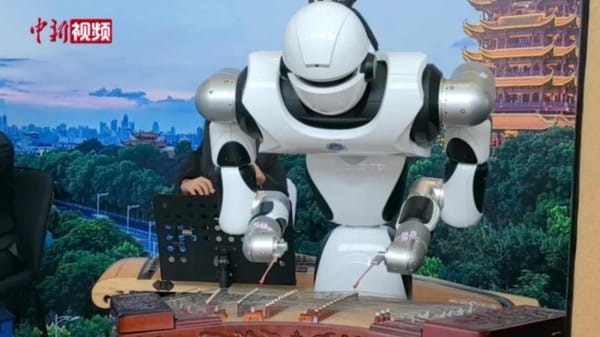Massive Sinkhole in Central Bangkok Evacuates 3,500 Patients
A huge sinkhole opened in central Bangkok, causing major evacuations and traffic disruption. What risks lurk beneath the surface of this crisis?
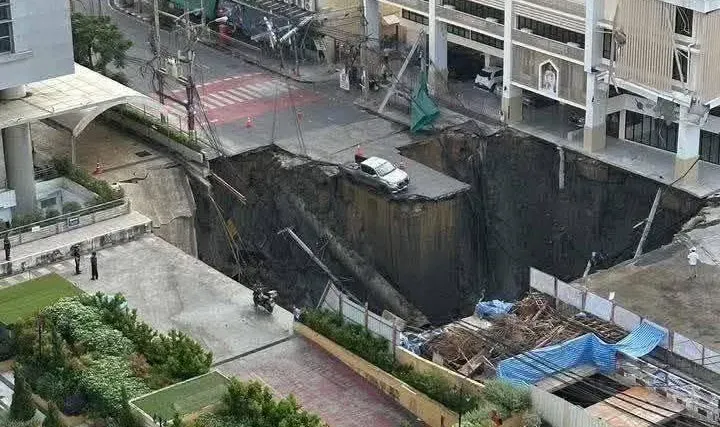
The Alarming Sinkhole Crisis in Bangkok 🌍
This morning, the heart of Bangkok experienced a shocking geological event that grabbed international attention. At 7:13 AM, a massive sinkhole measuring 30 meters wide and deep enough to swallow entire buildings appeared right in front of Vajira Hospital on Samsen Road. 3,500 patients were swiftly evacuated from the hospital as urban infrastructure literally gave way beneath their feet.
Sinkholes are terrifying and unpredictable, but this incident raises even more concerning questions about urban planning, underground construction, and the safety measures that should protect city residents. How did such a disaster occur at the junction near the Vajira subway tunnel? And more importantly, what can be done to prevent a recurrence?
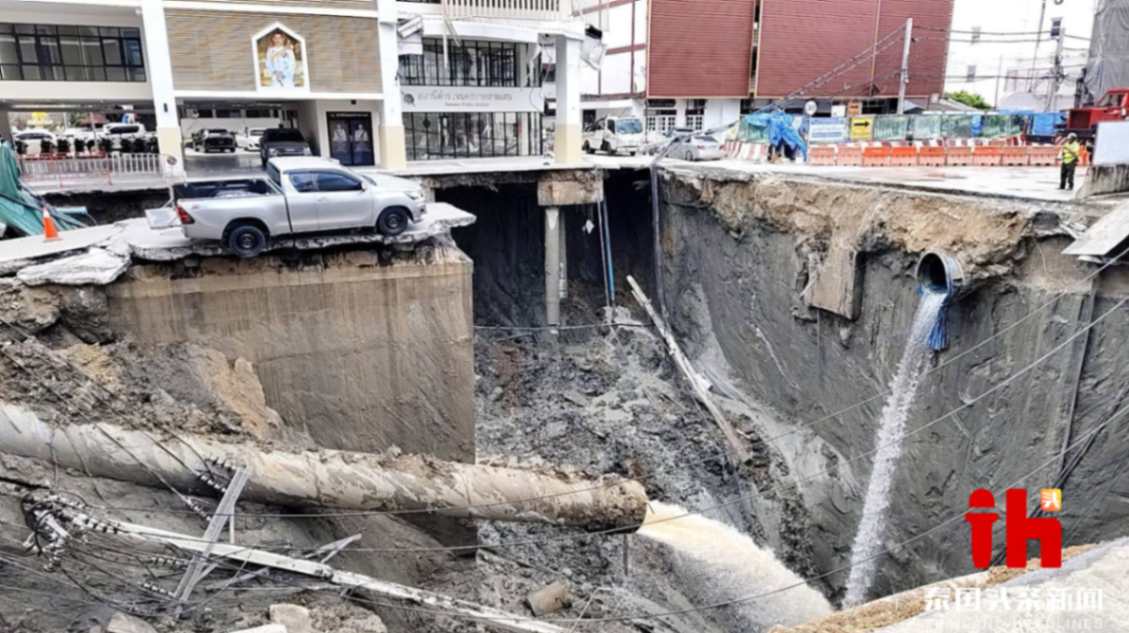
Immediate Aftermath and Emergency Responses 🚨
The sinkhole's sudden appearance tragically destroyed a major road, damaged crucial utilities, and caused a ruptured water pipe that flooded the area. Traffic chaos ensued, especially problematic since it coincided with the bustling morning rush hour.
Police quickly closed off nearby intersections to manage the emergency, but two utility poles and even a police car fell into the sinkhole, complicating the response. Meanwhile, the Metropolitan Electricity Authority scrambled to secure power lines and prevent further hazards. Residents in adjacent apartment buildings were urgently ordered to evacuate, highlighting the unpredictability and severity of the ground collapse.
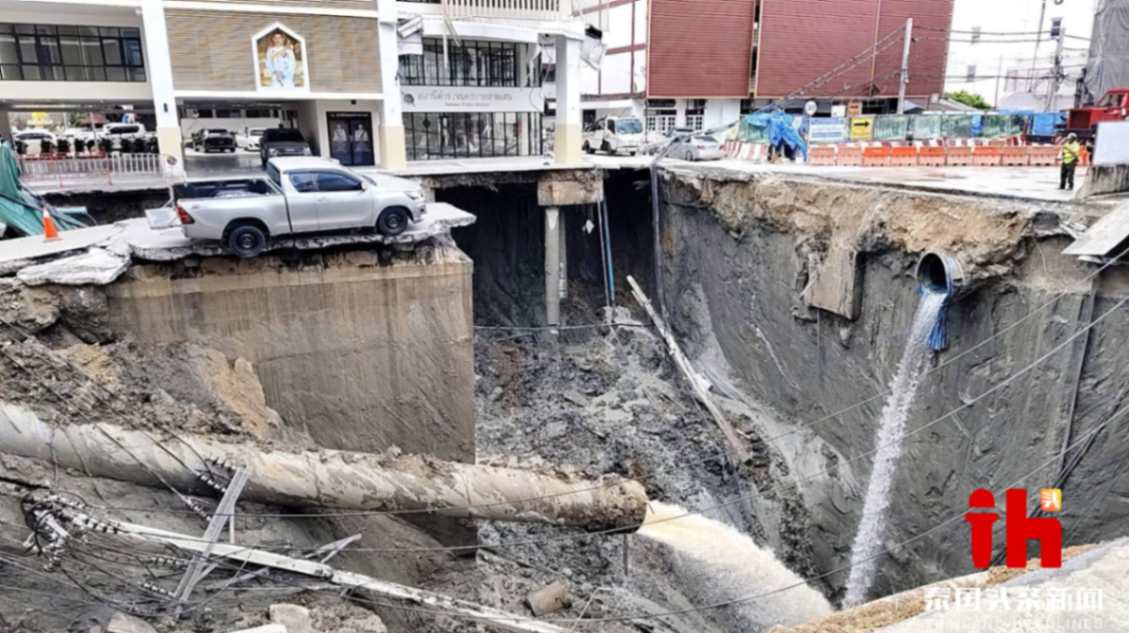
What Does This Mean for Bangkok’s Infrastructure? 🏗️
Governor Chadchart Sittipunt (查查·西蒂蓬) expressed grave concern after inspecting the site. The collapse at the tunnel entrance allowed huge amounts of soil to pour into the subway construction site, threatening not only the hospital but also the integrity of surrounding buildings. There’s a critical worry that further rainfall could accelerate soil displacement, potentially deepening or widening the sinkhole.
Specialized teams have been mobilized to seal tunnel leaks, monitor soil movement, and evaluate the structural safety of buildings nearby. These efforts demonstrate a rapid and multi-disciplinary approach, yet they also raise thorny questions about the long-term resilience of Bangkok's underground projects amid increasing urban density and climate challenges.

The Bigger Picture: Urban Risks Beneath Our Feet 💡
Sinkholes are nature’s reminder that beneath our engineered landscapes, the earth is still alive and sometimes volatile. The Vajira Hospital incident shines a spotlight on risks that many cities face as they expand rapidly without fully accounting for complex soil and water dynamics.
As cities grow, infrastructure must be planned with foresight and care — including thorough geological surveys, continuous monitoring, and clear contingency plans. The evacuation of thousands of vulnerable patients was successful this time, but it’s a wake-up call that the next incident might not be so lucky.
Let’s hope that Bangkok’s authorities use this frightening event to strengthen safety protocols and invest in smart, sustainable urban development. Lives, after all, depend on it.
Stay Safe and Stay Informed 📢
If you live in or near urban areas prone to ground subsidence or construction-related risks, stay alert to official updates, evacuation orders, and infrastructure warnings. While sinkholes may seem rare, urban populations are increasingly exposed to diverse environmental hazards that require vigilance and preparedness.
For now, we send our thoughts to the displaced patients and residents of central Bangkok — may recovery and repair come swiftly.


